403 Poyntz Avenue, Suite B
Manhattan, KS 66502
USA
+1.785.770.8511
www.thunderheadeng.com
Technical Reference
Pathfinder 2017
�
Disclaimer
Thunderhead Engineering makes no warranty, expressed or implied, to users of
Pathfinder, and accepts no responsibility for its use. Users of Pathfinder assume sole
responsibility under Federal law for determining the appropriateness of its use in any
particular application; for any conclusions drawn from the results of its use; and for any
actions taken or not taken as a result of analyses performed using these tools.
Users are warned that Pathfinder is intended for use only by those competent in the
field of egress modeling. Pathfinder is intended only to supplement the informed
judgment of the qualified user. The software package is a computer model that may or
may not have predictive capability when applied to a specific set of factual
circumstances. Lack of accurate predictions by the model could lead to erroneous
conclusions. All results should be evaluated by an informed user.
ii
�
Acknowledgements
This work was partially funded by a Small Business Innovative Research (SBIR) grant by
the United States National Science Foundation.
We would like to thank Rolf Jensen and Associates for their assistance with testing and
other suggestions that helped guide the development of the simulator.
In addition, we would like to thank all of the beta testers who contributed feedback on
the web forums and via email.
iii
�
Table of Contents
Disclaimer ................................................................................................................... ii
Acknowledgements ................................................................................................... iii
Table of Contents ....................................................................................................... iv
Figures ...................................................................................................................... vii
Overview .................................................................................................................... 8
Example Problem IMO Test 10 ....................................................................................... 8
Geometry ................................................................................................................. 11
Geometry Subdivision ................................................................................................... 11
Open Space (Room and Ramps) ............................................................................... 12
Doors (Connecting) ................................................................................................... 12
Stairs .......................................................................................................................... 13
Ramps ........................................................................................................................ 13
Doors (Exit) ................................................................................................................ 13
Behaviors and Goals ................................................................................................. 14
Seek Goals ..................................................................................................................... 14
Idle Goals ....................................................................................................................... 14
Goals ............................................................................................................................. 14
Room-filling ................................................................................................................... 15
Door Distance Map ................................................................................................... 16
Ideal Seek Direction .................................................................................................. 17
Decide Whether to Move ......................................................................................... 17
Paths ........................................................................................................................ 18
Path Planning (Locally Quickest) ................................................................................... 18
Door Choice ............................................................................................................... 19
Backtrack Prevention ................................................................................................ 20
Path Generation ............................................................................................................ 20
Path Following............................................................................................................... 21
Path Following in SFPE Mode .................................................................................... 23
SFPE Mode Parameters ................................................................................................. 23
Velocity ......................................................................................................................... 23
Base Speed, vb ........................................................................................................... 24
Density, D .................................................................................................................. 25
Speed Modifiers and Constants ................................................................................ 26
Movement through Doors ............................................................................................ 26
Collision Handling/Response ........................................................................................ 27
Path Following in Steering Mode ............................................................................... 28
Velocity ......................................................................................................................... 28
Acceleration .................................................................................................................. 28
iv
�
Estimation of Occupant Density, D ............................................................................... 29
Steering ......................................................................................................................... 30
Seek ........................................................................................................................... 30
Idle Separate ............................................................................................................. 30
Avoid Walls ............................................................................................................... 31
Avoid Occupants ....................................................................................................... 32
Seek Separate ........................................................................................................... 32
Seek Wall Separate ................................................................................................... 33
Lanes ......................................................................................................................... 33
Pass ........................................................................................................................... 33
Cornering .................................................................................................................. 34
Final Direction Cost ................................................................................................... 34
Evaluating Movement ................................................................................................... 35
Occupant States ............................................................................................................ 35
Effect on Steering Behavior ...................................................................................... 36
Effect on Sample Directions ...................................................................................... 36
Priority ........................................................................................................................... 36
Resolving Movement Conflicts ..................................................................................... 37
Free Pass ................................................................................................................... 39
Collision Avoidance/Response ...................................................................................... 39
Movement through Doors ............................................................................................ 40
Vehicle Agents .......................................................................................................... 41
Assisted Evacuation .................................................................................................. 42
Assist Occupants Goal ................................................................................................... 42
Wait for Assistance Goal ............................................................................................... 43
Coalition Formation Algorithm ..................................................................................... 44
Elevators................................................................................................................... 46
Idling .............................................................................................................................. 46
Elevator Calling ......................................................................................................... 46
Pickup ............................................................................................................................ 46
Countdown Timer ..................................................................................................... 47
Loading ...................................................................................................................... 47
Discharge ....................................................................................................................... 47
Solution Procedure ................................................................................................... 48
File Format ............................................................................................................... 49
Results ...................................................................................................................... 68
Occupant Contours ....................................................................................................... 68
Density ...................................................................................................................... 69
Level of Service ......................................................................................................... 70
Speed ........................................................................................................................ 70
Normalized Speed ..................................................................................................... 70
Usage [Instantanteous] ............................................................................................. 70
Usage [Accumulated] ................................................................................................ 71
v
�
Time to Exit ............................................................................................................... 71
Average ..................................................................................................................... 71
Maximum .................................................................................................................. 71
Integrate .................................................................................................................... 71
Calculation of Factional Effective Dose......................................................................... 72
Calculation of Measurement Region Quantities .......................................................... 73
References ................................................................................................................ 74
vi
�
Figures
Figure 1: Cabin area (from IMO, 2002) ............................................................................... 9
Figure 2: Steering mode results for IMO 10 problem showing occupant movement. Note
how highlighted occupants move to their assigned exits. ............................................... 10
Figure 3: SFPE mode result for IMO 10 problem. Note that multiple occupants can
occupy the same space. .................................................................................................... 10
Figure 4: A simple building model and the corresponding navigation mesh ................... 11
Figure 5: Rooms, doors, exits and the navigable mesh in the IMO Test 10 problem ...... 12
Figure 6: Sub-divided room for door distance map .......................................................... 16
Figure 7: Door distance map ............................................................................................. 17
Figure 8: An occupant's planned path with waypoints shown ......................................... 21
Figure 9: Paths and waypoints for the IMO Test 10 analysis ............................................ 22
Figure 10: k as a function of step slope ............................................................................ 25
Figure 11: Average Longitudinal and Lateral Spacing of Pedestrians in a Traffic System
(Figure 3.4 of Fruin's pedestrian planning and design) .................................................... 29
Figure 12: Sample inverse steering directions .................................................................. 30
Figure 13: Potential conflict scenarios .............................................................................. 38
Figure 14: Occupant contours ........................................................................................... 68
Figure 15: Navigation Mesh vs. Occupant Contour Mesh ................................................ 69
Figure 16: Intersection of a measurement region and nearby occupants' Voronoi cells. 73
vii
�
Pathfinder Technical Reference
Overview
Overview
Pathfinder is an agent-based egress simulator that uses steering behaviors to model
occupant motion. It consists of three modules: a graphical user interface, the simulator,
and a 3D results viewer.
Pathfinder provides two primary options for occupant motion: an SFPE mode and a
steering mode. The SFPE mode implements the concepts in the SFPE Handbook of Fire
Protection Engineering [Nelson and Mowrer, 2002]. This is a flow model, where walking
speeds are determined by occupant density within each room and flow through doors is
controlled by door width.
The steering mode is based on the idea of inverse steering behaviors. Steering
behaviors were first presented in Craig Reynolds' paper "Steering Behaviors For
Autonomous Characters" [Reynolds, 1999] and later refined into inverse steering
behaviors in a paper by Heni Ben Amor [Amor et. al., 2006]. Pathfinder's steering mode
allows more complex behavior to naturally emerge as a byproduct of the movement
algorithms - eliminating the need for explicit door queues and density calculations.
Example Problem IMO Test 10
In the following discussions, it is often useful to have an example with which to illustrate
particular points. One frequently referenced example is Test 10 from the International
Maritime Organization (IMO) [IMO, 2002].
This test problem represents a cabin corridor section as shown in Figure 1. The cabins
are populated as indicated. The population consists of males 30-50 years old with a
minimum walking speed of 0.97 m/s, a mean speed of 1.30 m/s, and a maximum speed
of 1.62 m/s. There is no delay in response and the walking speeds are distributed
uniformly between the minimum and maximum to the 23 occupants. The passengers in
cabins 5 and 6 are assigned the secondary exit; all the remaining passengers use the
main exit. The expected result is that the allocated passengers move to the appropriate
exits.
8
�
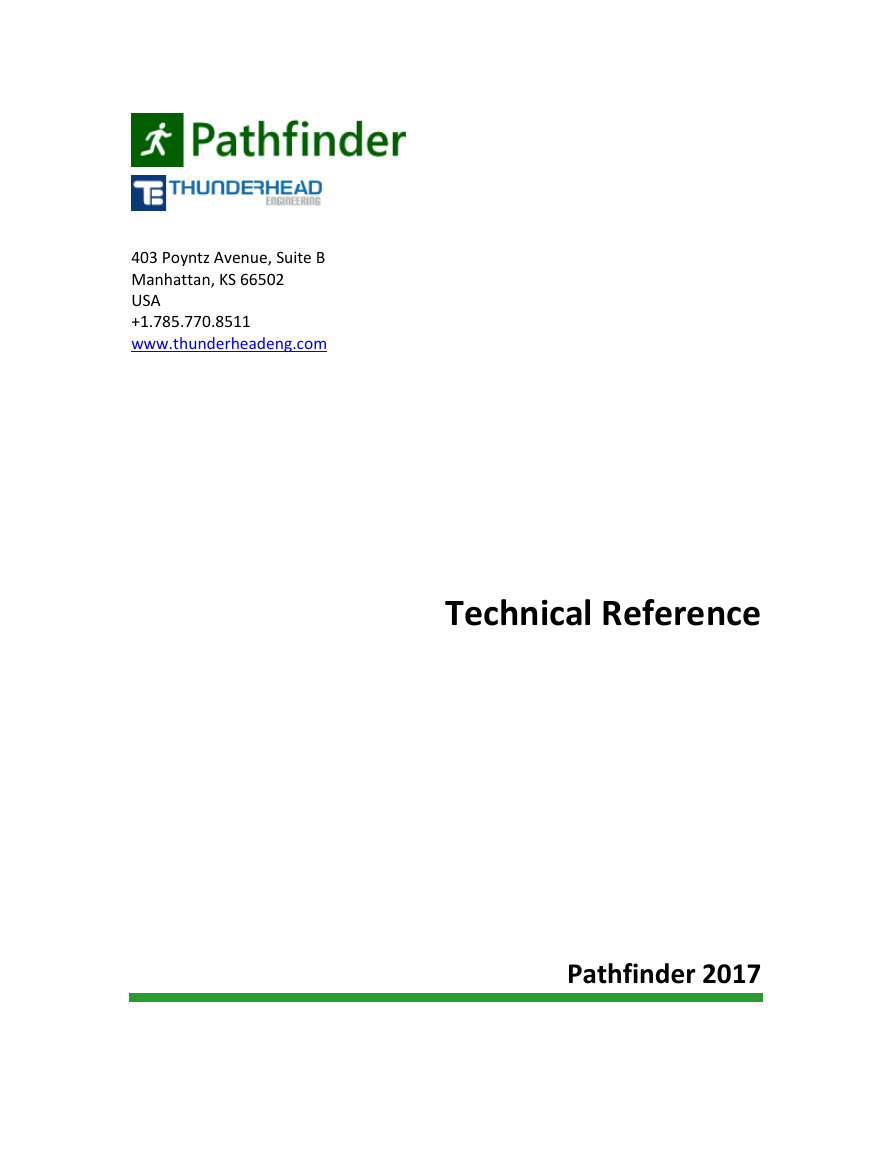

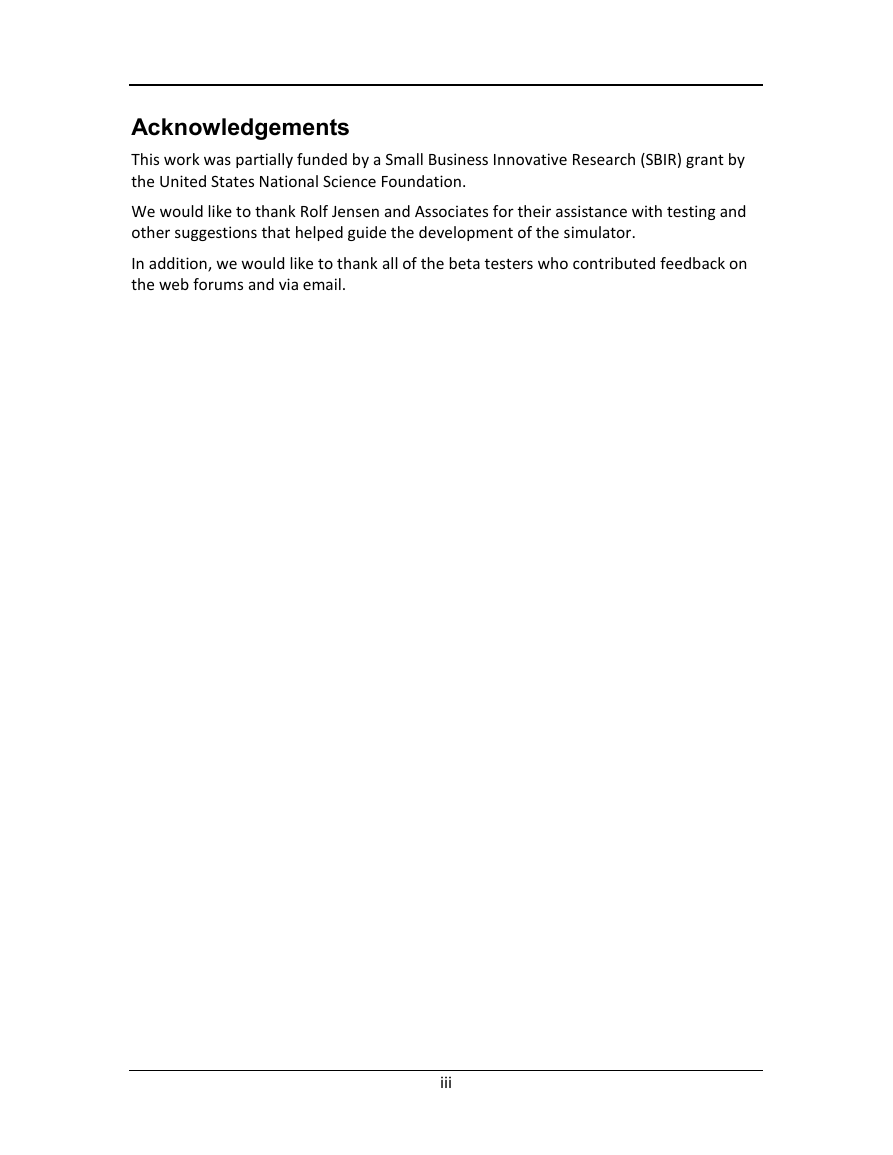
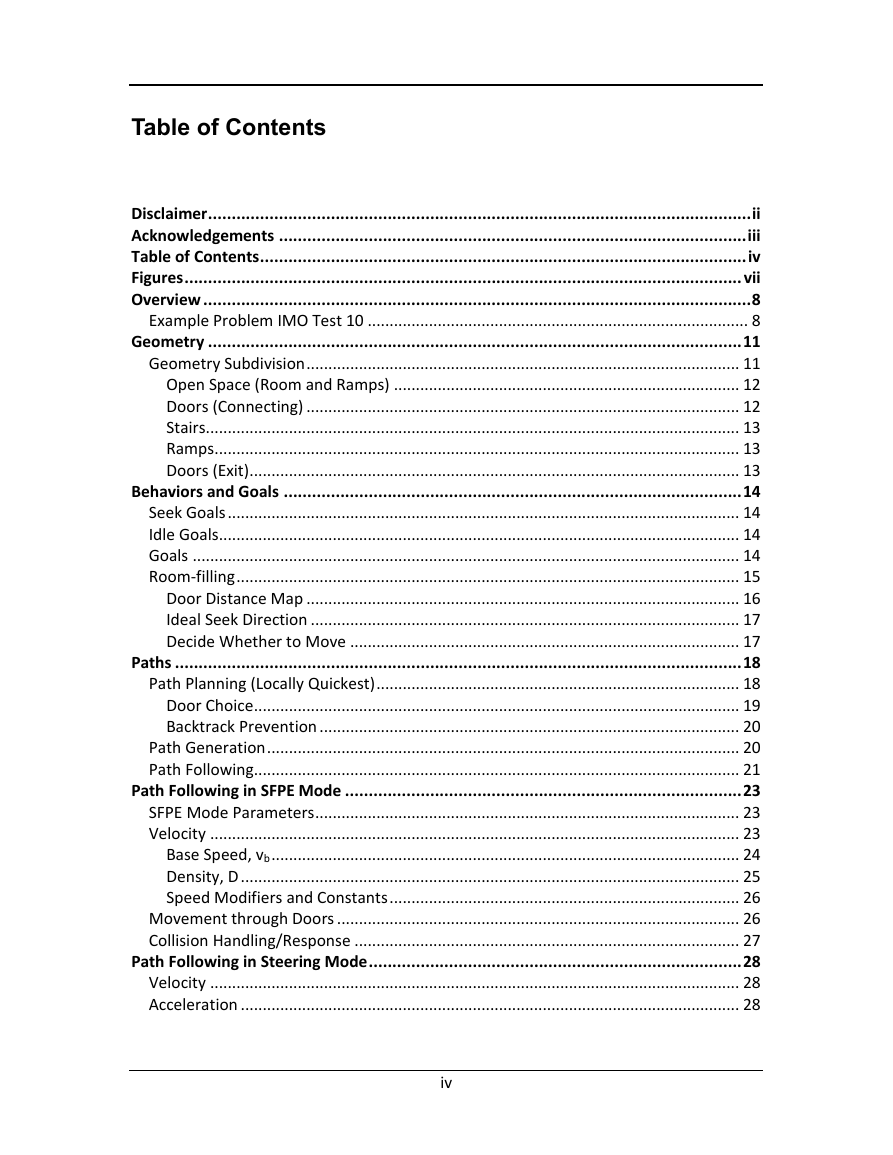
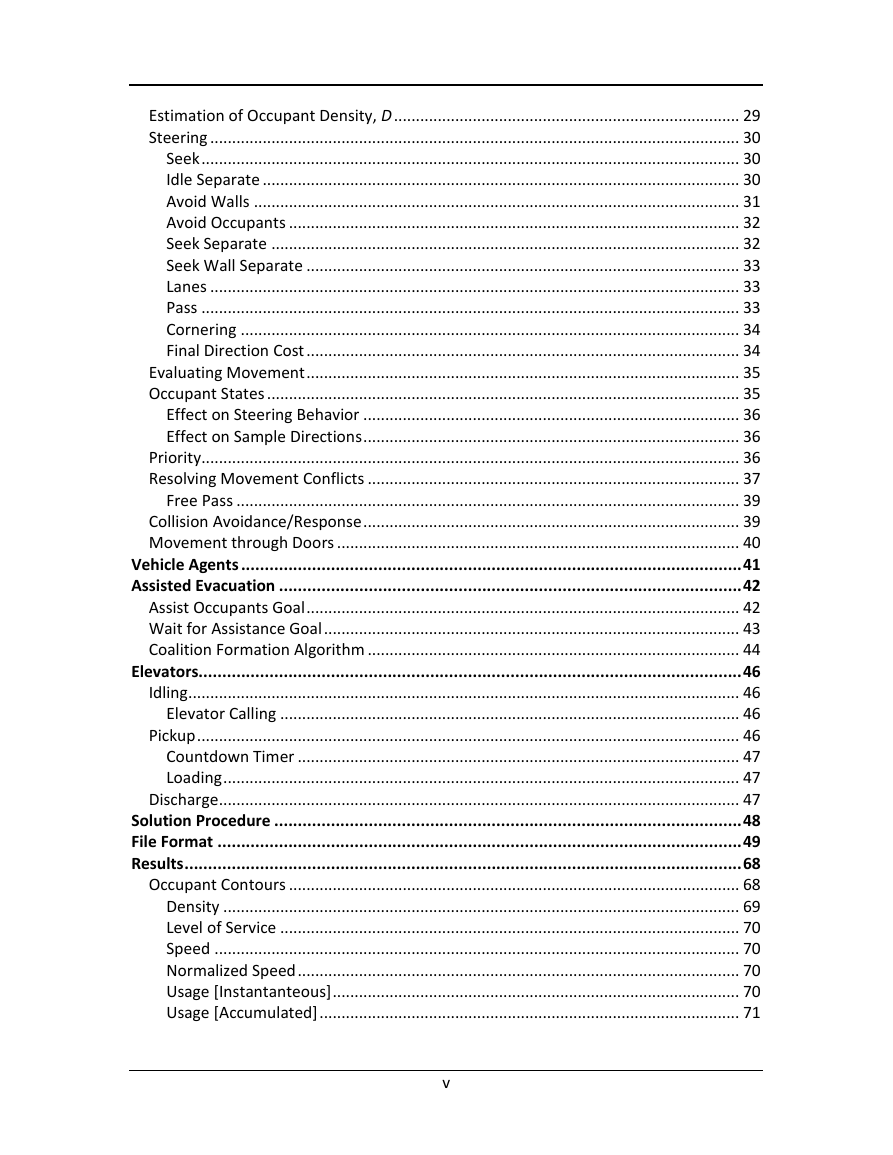
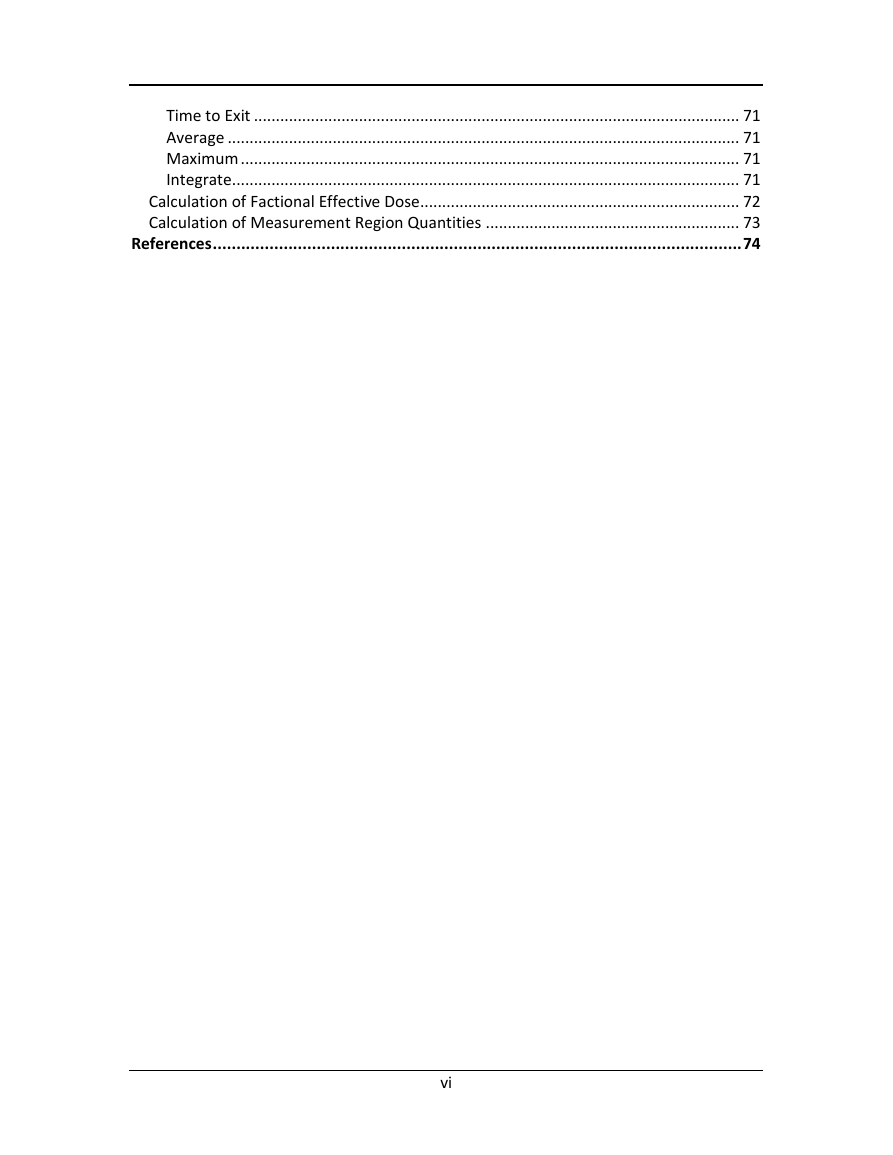
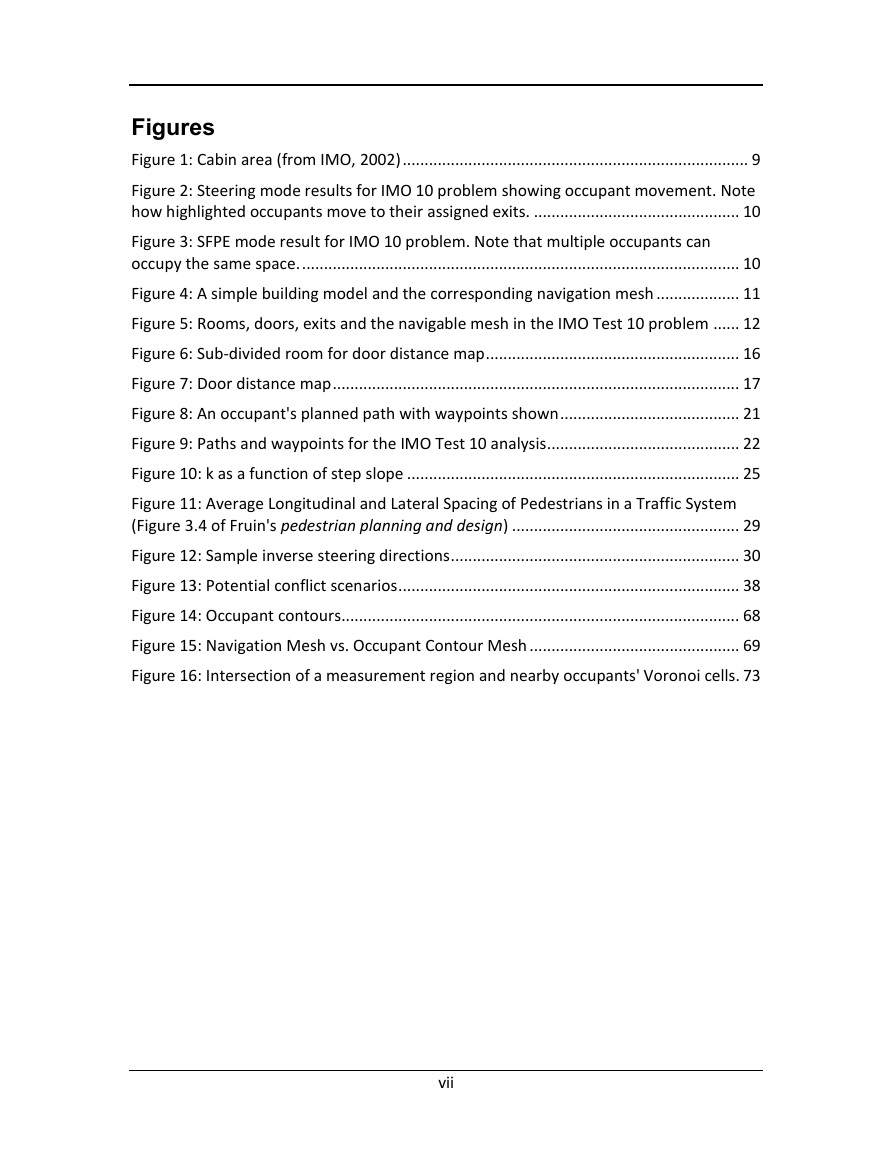
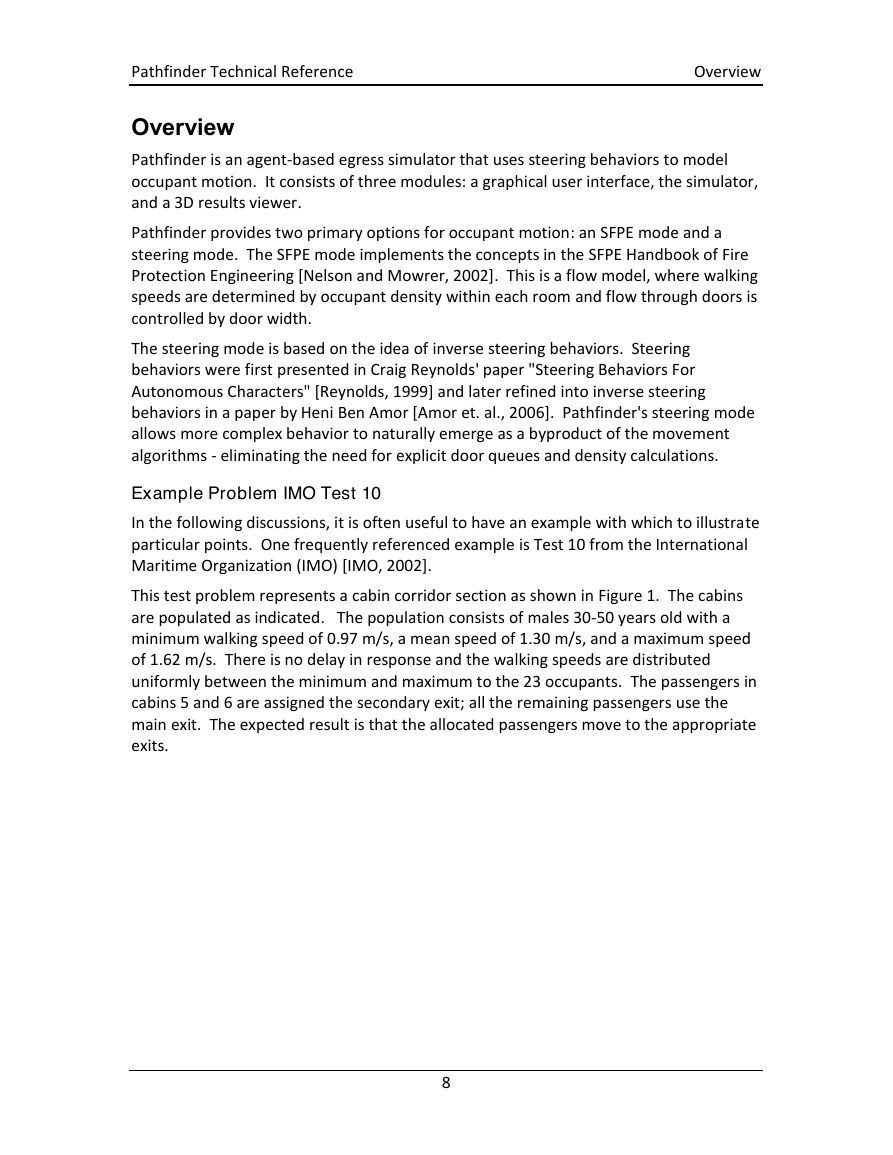








 2023年江西萍乡中考道德与法治真题及答案.doc
2023年江西萍乡中考道德与法治真题及答案.doc 2012年重庆南川中考生物真题及答案.doc
2012年重庆南川中考生物真题及答案.doc 2013年江西师范大学地理学综合及文艺理论基础考研真题.doc
2013年江西师范大学地理学综合及文艺理论基础考研真题.doc 2020年四川甘孜小升初语文真题及答案I卷.doc
2020年四川甘孜小升初语文真题及答案I卷.doc 2020年注册岩土工程师专业基础考试真题及答案.doc
2020年注册岩土工程师专业基础考试真题及答案.doc 2023-2024学年福建省厦门市九年级上学期数学月考试题及答案.doc
2023-2024学年福建省厦门市九年级上学期数学月考试题及答案.doc 2021-2022学年辽宁省沈阳市大东区九年级上学期语文期末试题及答案.doc
2021-2022学年辽宁省沈阳市大东区九年级上学期语文期末试题及答案.doc 2022-2023学年北京东城区初三第一学期物理期末试卷及答案.doc
2022-2023学年北京东城区初三第一学期物理期末试卷及答案.doc 2018上半年江西教师资格初中地理学科知识与教学能力真题及答案.doc
2018上半年江西教师资格初中地理学科知识与教学能力真题及答案.doc 2012年河北国家公务员申论考试真题及答案-省级.doc
2012年河北国家公务员申论考试真题及答案-省级.doc 2020-2021学年江苏省扬州市江都区邵樊片九年级上学期数学第一次质量检测试题及答案.doc
2020-2021学年江苏省扬州市江都区邵樊片九年级上学期数学第一次质量检测试题及答案.doc 2022下半年黑龙江教师资格证中学综合素质真题及答案.doc
2022下半年黑龙江教师资格证中学综合素质真题及答案.doc